Facial Contouring Surgery
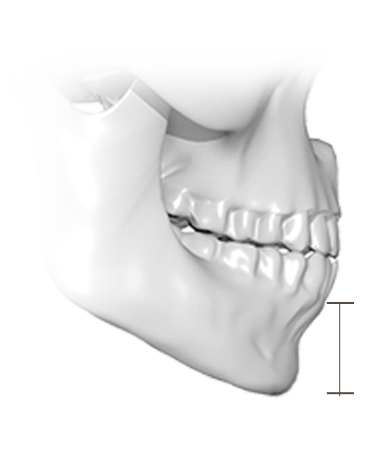
Type. 01
Short Chin Face
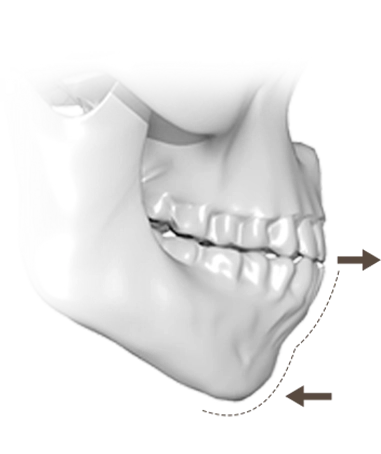
Type. 02
Recessed Chin
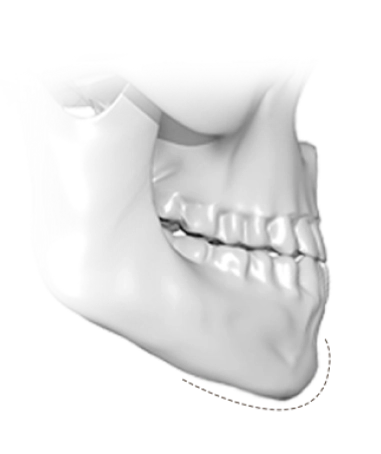
Type. 03
Protruding Chin
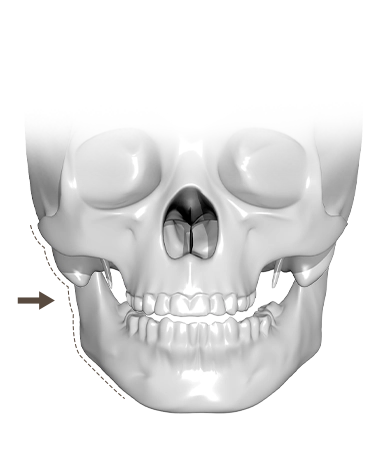
Type. 04
Asymmetrical Chin
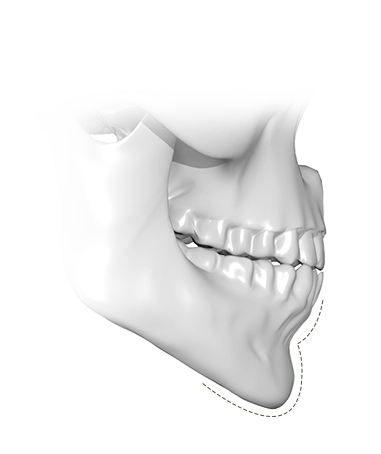
Type. 05
Long Chin Tip
Genioplasty (Chin Surgery)
The shape of the chin varies—it can be long, short and blunt, recessed,
protruding, or asymmetrical, and it may also present as a combination,
such as a long and wide chin together with a short, recessed chin.
An imbalanced or disharmonious chin disturbs overall facial symmetry
and creates an indistinct profile.
Chin surgery corrects an improperly sized or positioned chin
by enhancing facial proportions and balance.
V-Line
Contouring
A Balanced
Face
3D Contoured
Face
345 Youtube
Watch the Video on
Genioplasty
The chin is a key element in defining
an attractive facial profile!
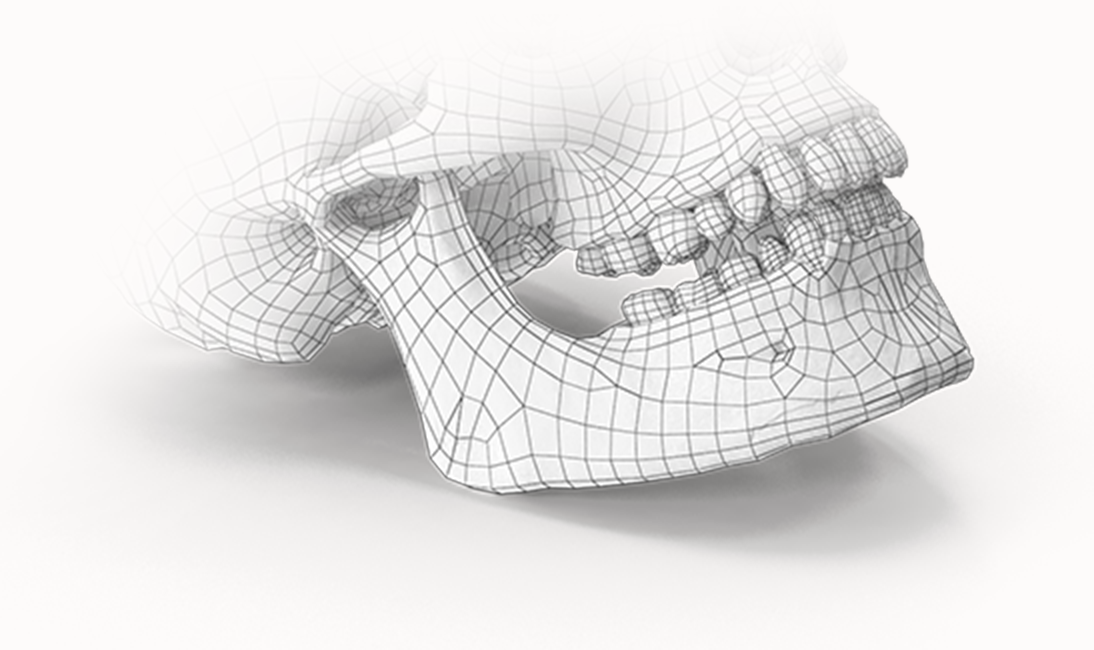
Customized Design
According to Chin Shape
Since each face is unique,
we provide a tailored facial design.
First, a Natural Contour
ensuring that the profile line looks natural from the side,
designed to complement the facial structure.
Second, Balanced Proportions
so that the chin does not appear overly wide or too narrow,
by carefully considering the proportions.
Third, Selecting a Customized Surgical Method
Depending on the individual’s chin shape and desired outcome,
various surgical techniques are considered.
Custom design to fit your face
The appearance, width, and projection of the chin have a significant impact on your overall look.
the overall facial size and balance of features.
It must be carefully planned.
The chin comes in many shapes compared to other facial features.
Therefore, various surgical methods exist depending on its form.
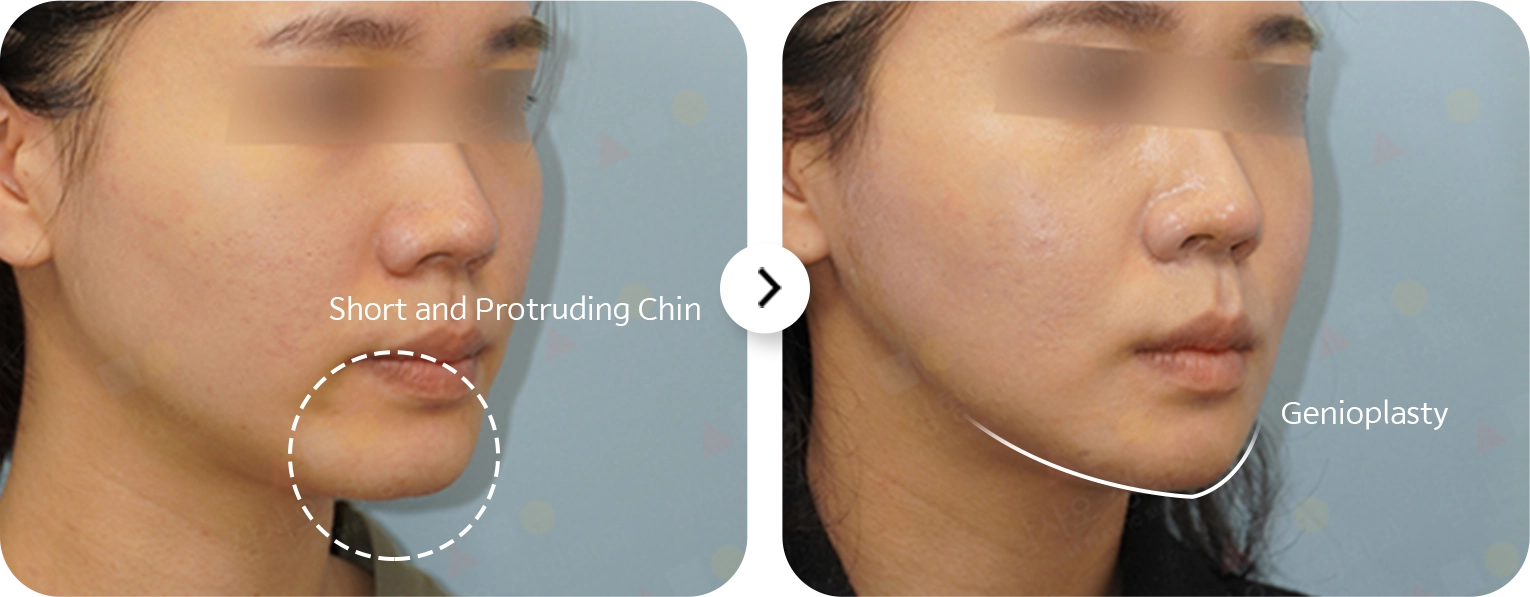
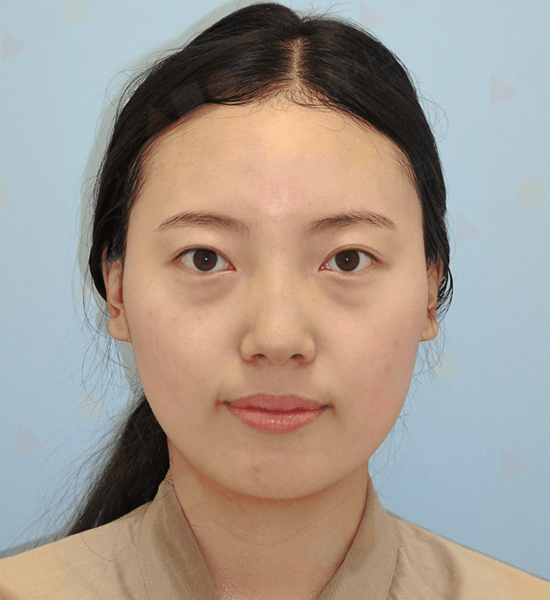
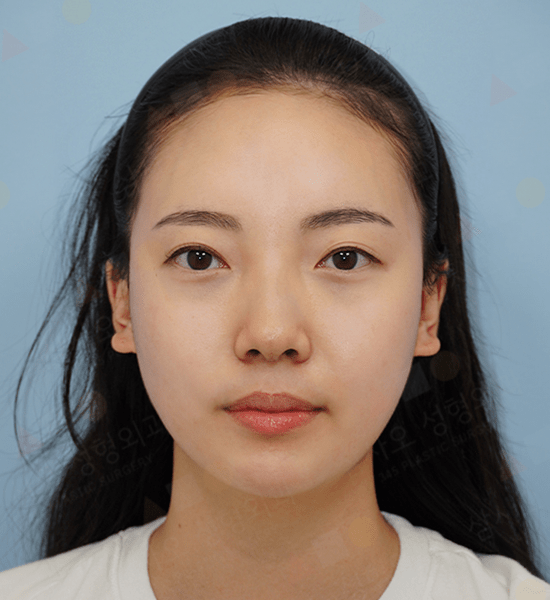
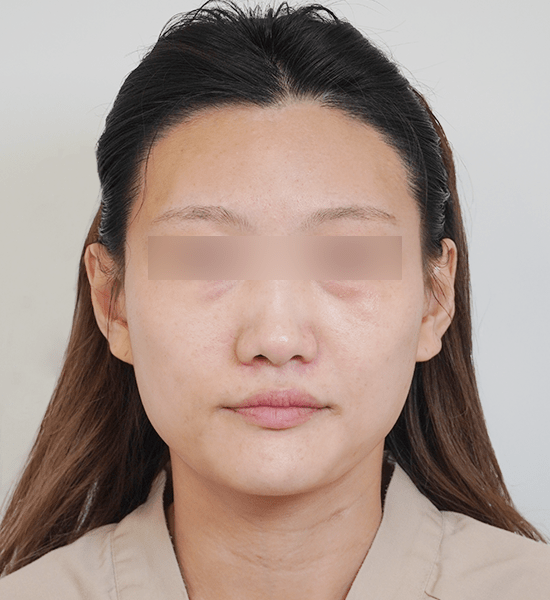
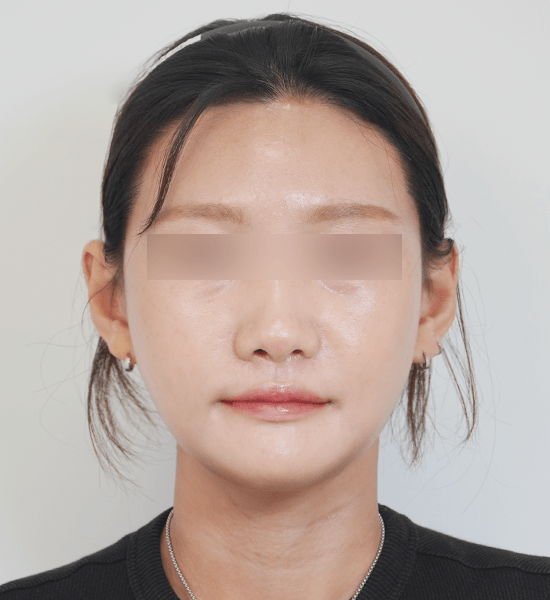




Surgery according to chin shape
Varies According to Chin Shape
Diverse Surgical Techniques
There are various methods for chin surgery, depending on the individual’s chin shape, form, and characteristics.
At 345 Plastic Surgery Clinic, the optimal surgical method is chosen based on the situation, in consultation with experts.
Case
01
For a Blunt and Wide Chin T-Osteotomy Surgery
T-osteotomy is performed when the chin is blunt and wide, enhancing the chin’s contour to achieve a sharper, more refined profile.
This procedure involves making a T-shaped osteotomy in the central mandible and repositioning the bone, and if necessary, reducing its size to accentuate the jawline.
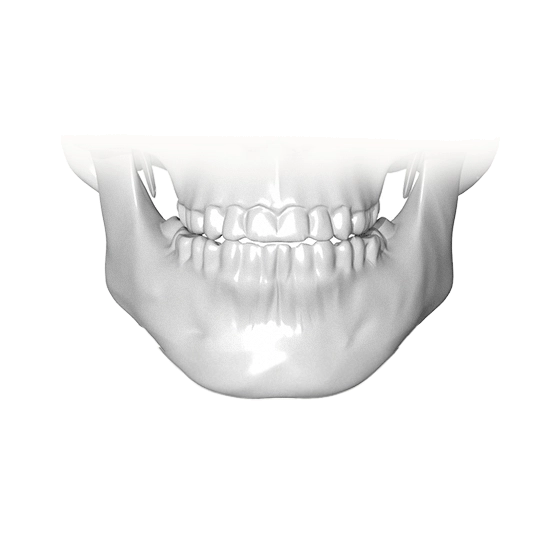
STEP 01
Osteotomy
An incision is made inside the mouth and along the gingiva to perform osteotomy on part of the zygomatic area, followed by removal of the osteotomized segment of the anterior zygoma.
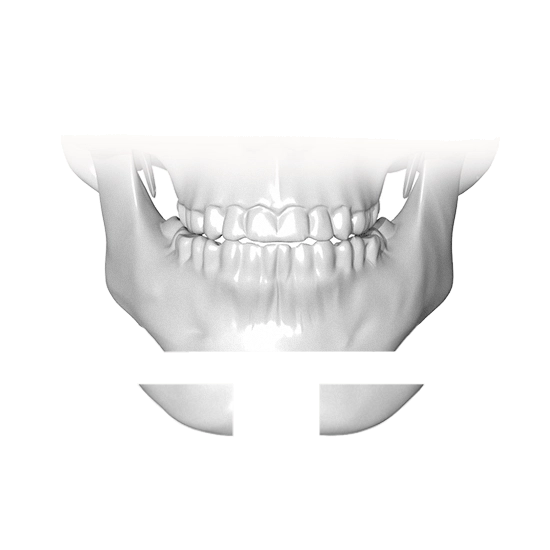
STEP 02
Zygoma Repositioning
The separated zygomatic bone is rotated inward and repositioned, and the shifting tissues are appropriately managed to prevent sagging or fullness of the cheeks.
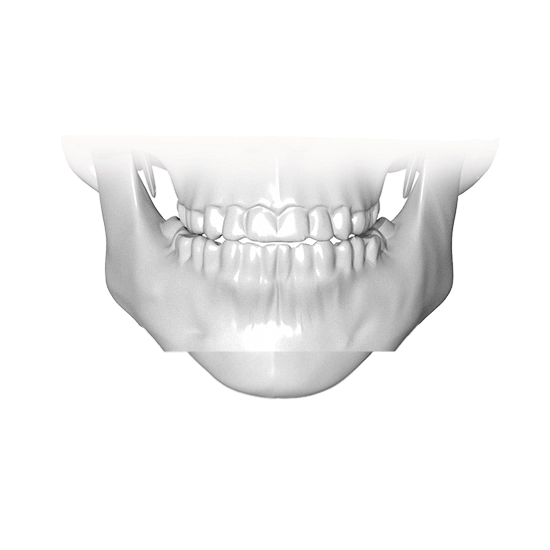
STEP 03
Fixation
Once sufficient bone contact and stability are confirmed, triple fixation is secured with pins.
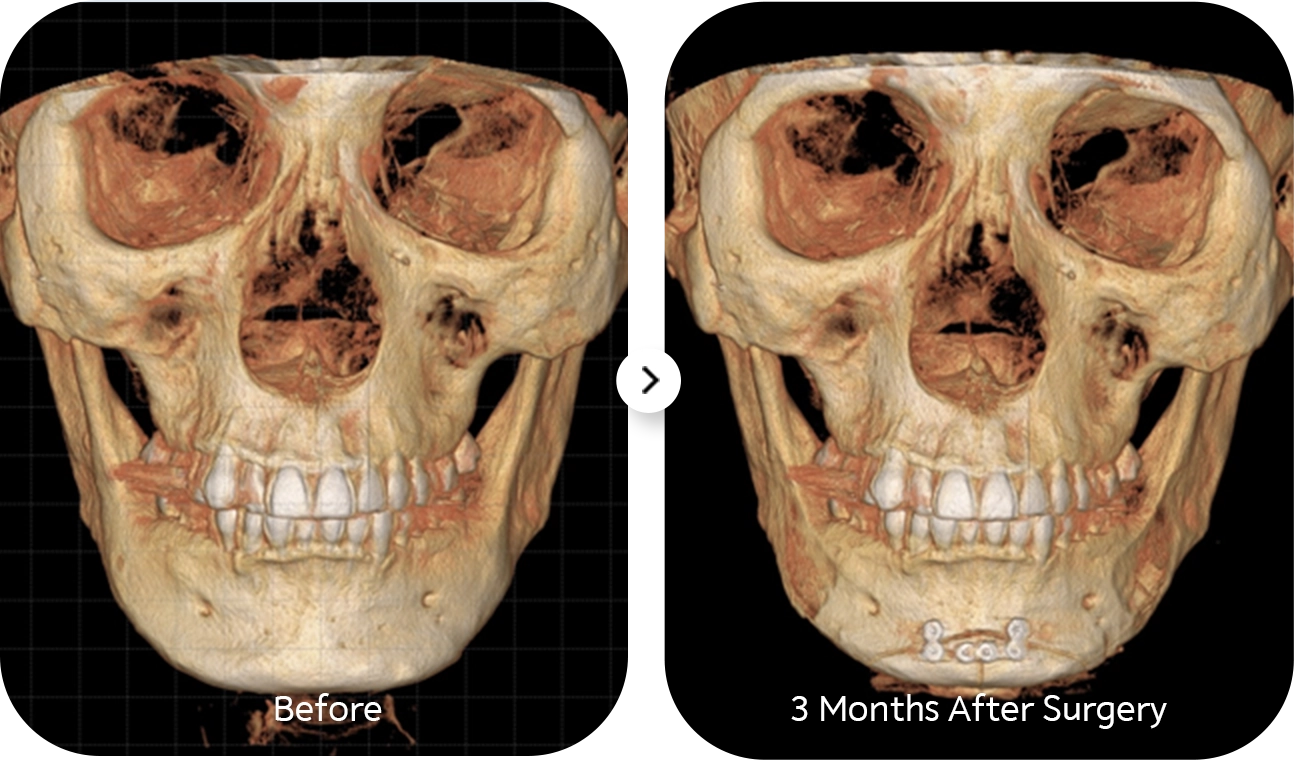
T-Osteotomy Surgery Info
A Quick Overview of T-Osteotomy
There are various methods for chin surgery,
depending on the individual’s chin shape, form, and characteristics.

Surgery Duration
Within 1 Hour

Anesthesia
General Anesthesia
Inpatient Treatment
Same-Day Discharge Available
Follow-up Visit
1 Visit
(Suture Removal at 2 Weeks)
Recovery Period
Daily activities can be resumed on the same day
Case
02
For a Wide Chin T-Osteotomy + Sandwich Osteotomy Surgery
When the chin is wide, a sandwich osteotomy is performed by resecting the chin in a layered pattern, removing a central bone fragment to simultaneously alter the chin’s length and width.
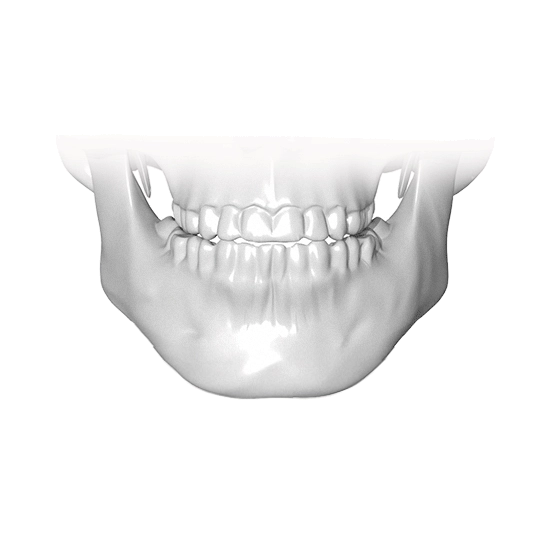
STEP 01
Osteotomy
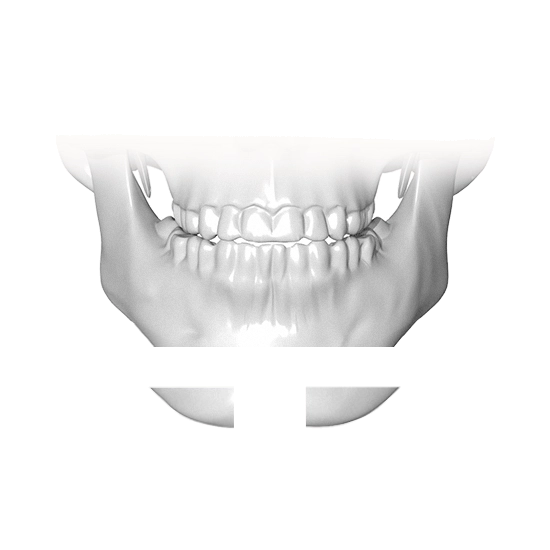
STEP 02
Chin Fixation
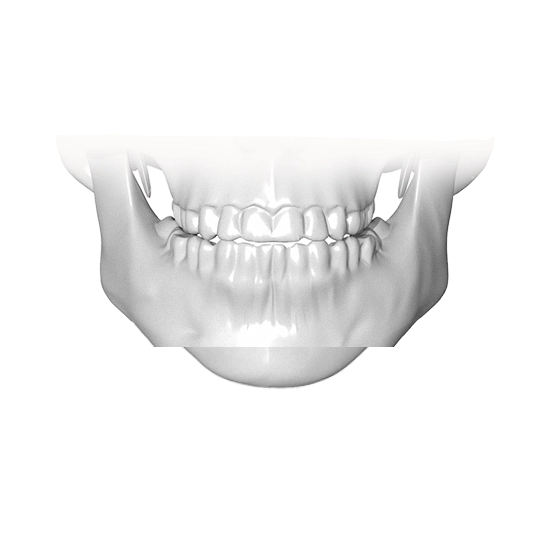
STEP 03
Secondary Osteotomy
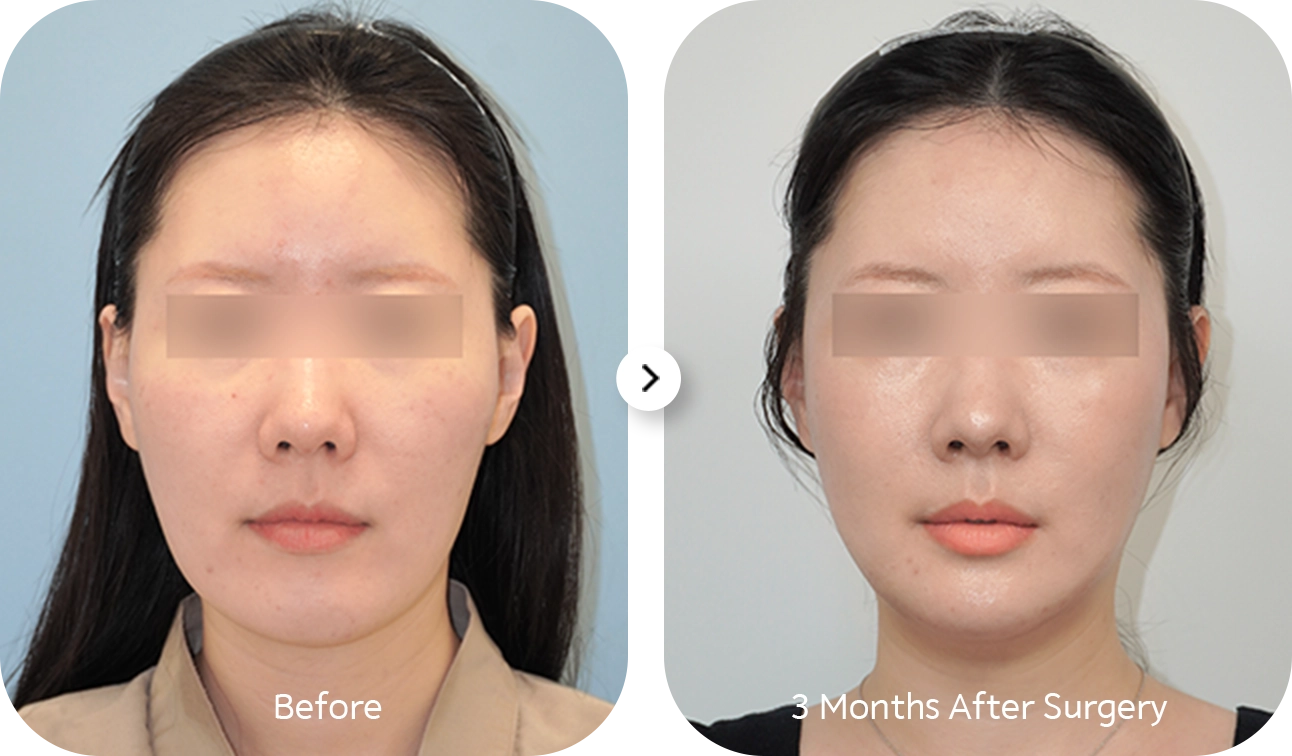
T-Osteotomy Surgery Info
A Quick Overview of T-Osteotomy
There are various methods for chin surgery,
depending on the individual’s chin shape, form, and characteristics.

Surgery Duration
Within 1 Hour

Anesthesia
General Anesthesia
Inpatient Treatment
Same-Day Discharge Available
Follow-up Visit
1 Visit
(Suture Removal at 2 Weeks)
Recovery Period
Daily activities can be resumed on the same day
Case
03
For reducing the chin width naturally or when there is a concern about bone resorption, V-osteotomy is performed.
V-osteotomy is primarily used to reduce the mandibular width or address concerns of bone resorption, and is performed in such cases. It not only enhances the shape of the lower jaw and defines the jawline but may also provide functional benefits.
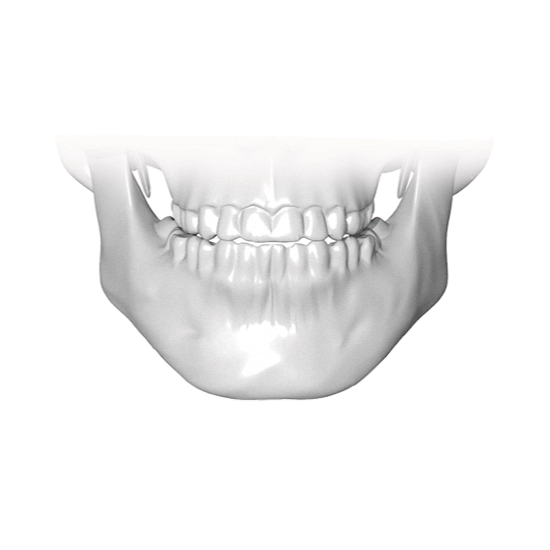
STEP 01
Osteotomy
Chevron (⌃)-shaped osteotomy
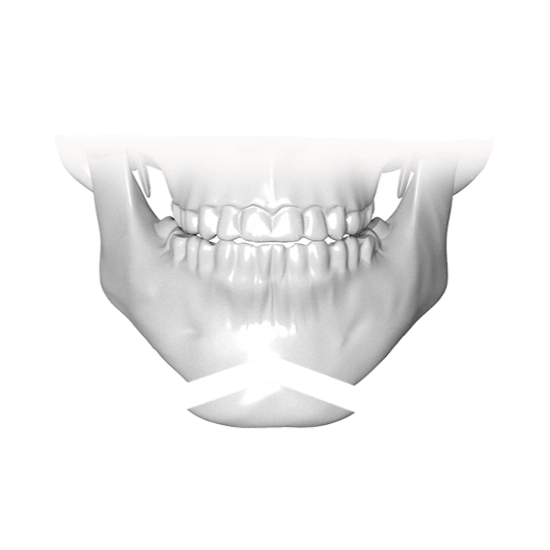
STEP 02
Bone Resection
Execute a V-shaped osteotomy at the lower part to refine the chin, then reposition it (either advancing or retracting) and fix the bone.
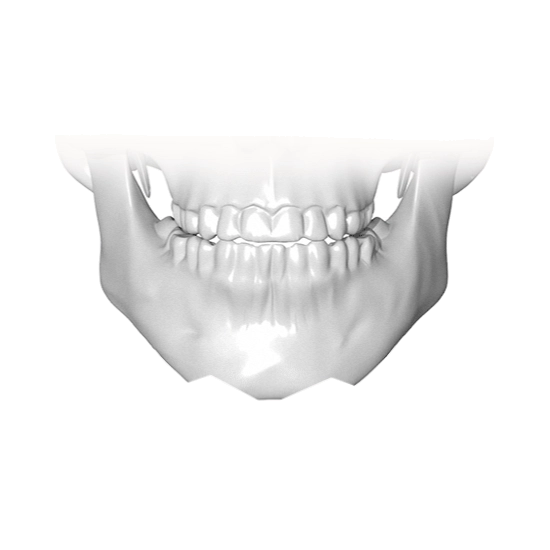
STEP 03
Secondary Osteotomy
After fixation, perform secondary osteotomy on the areas beneath both cheeks to achieve a natural contour.
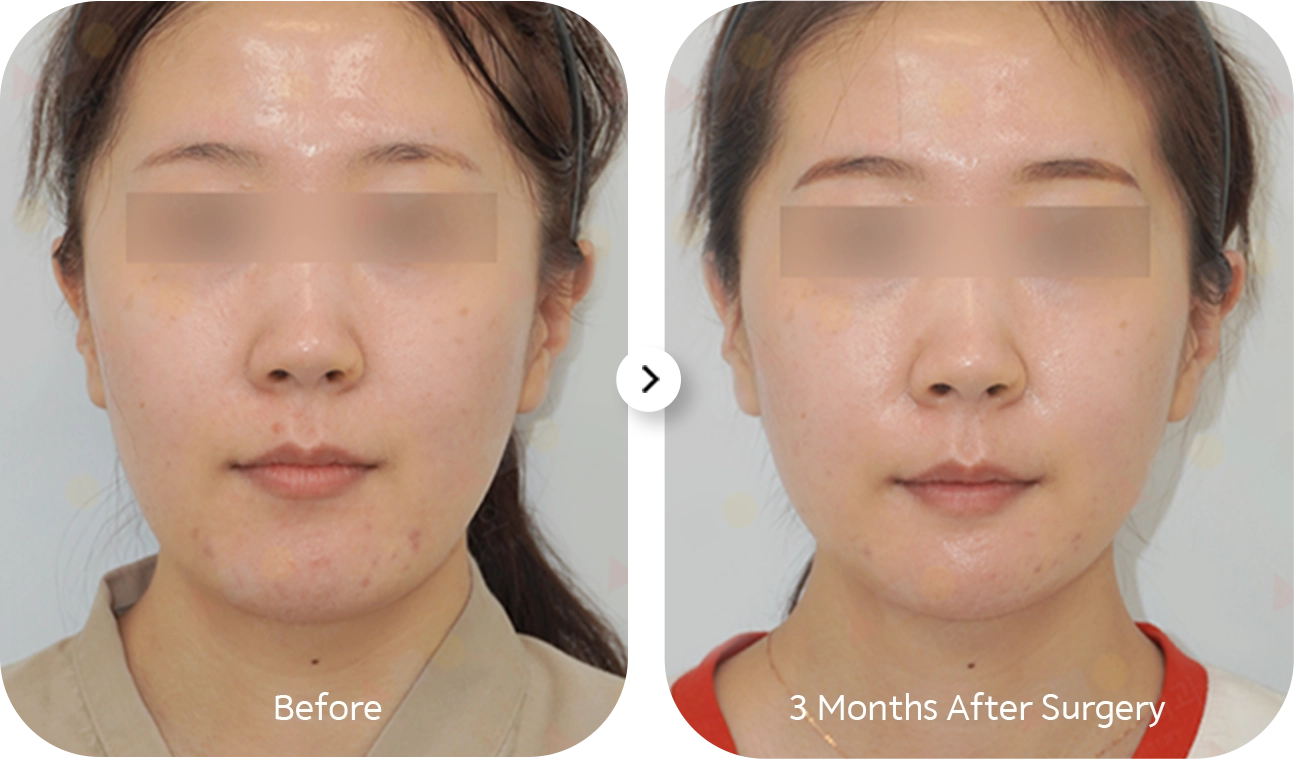
V-Osteotomy Surgery Info
A Quick Overview of V-Osteotomy
There are various methods for chin surgery,
depending on the individual’s chin shape, form, and characteristics.

Surgery Duration
Within 1 Hour

Anesthesia
General Anesthesia
Inpatient Treatment
Same-Day Discharge Available
Follow-up Visit
1 Visit
(Suture Removal at 2 Weeks)
Recovery Period
Daily activities can be resumed on the same day
Case
04
For a Recessed Chin
(to improve a weak chin) Chin Tip Advancement Surgery
When the chin is small and receded, advancing the chin tip
can create a harmonious profile.
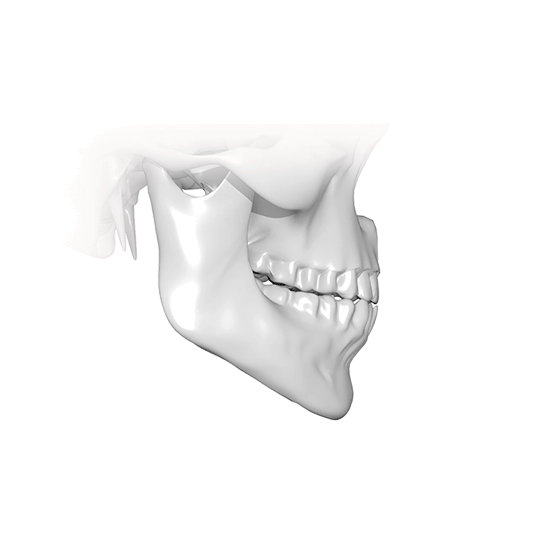
STEP 01
Chin Osteotomy
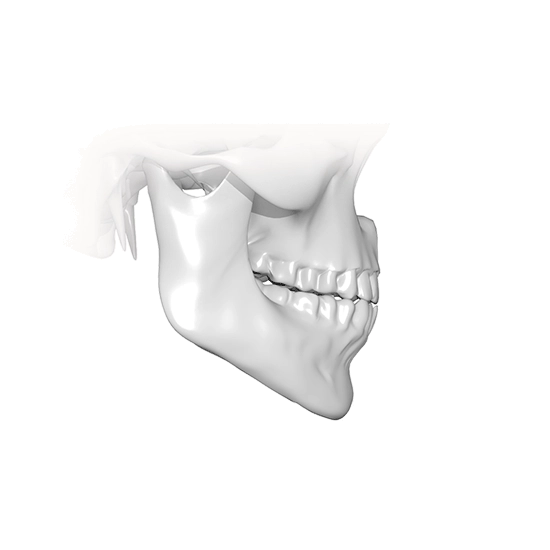
STEP 02
Bone Repositioning
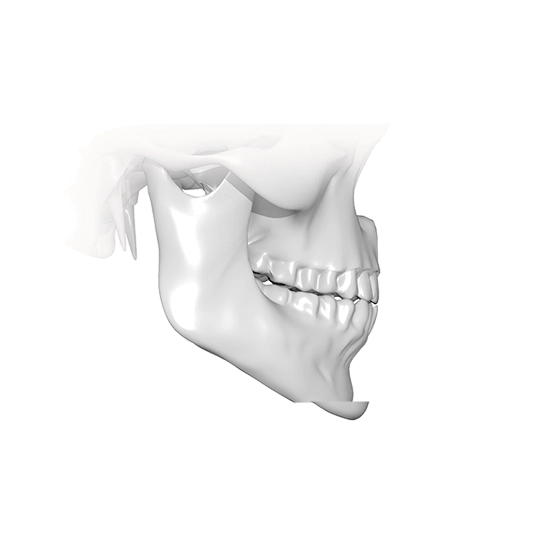
STEP 03
Chin Tip Fixation
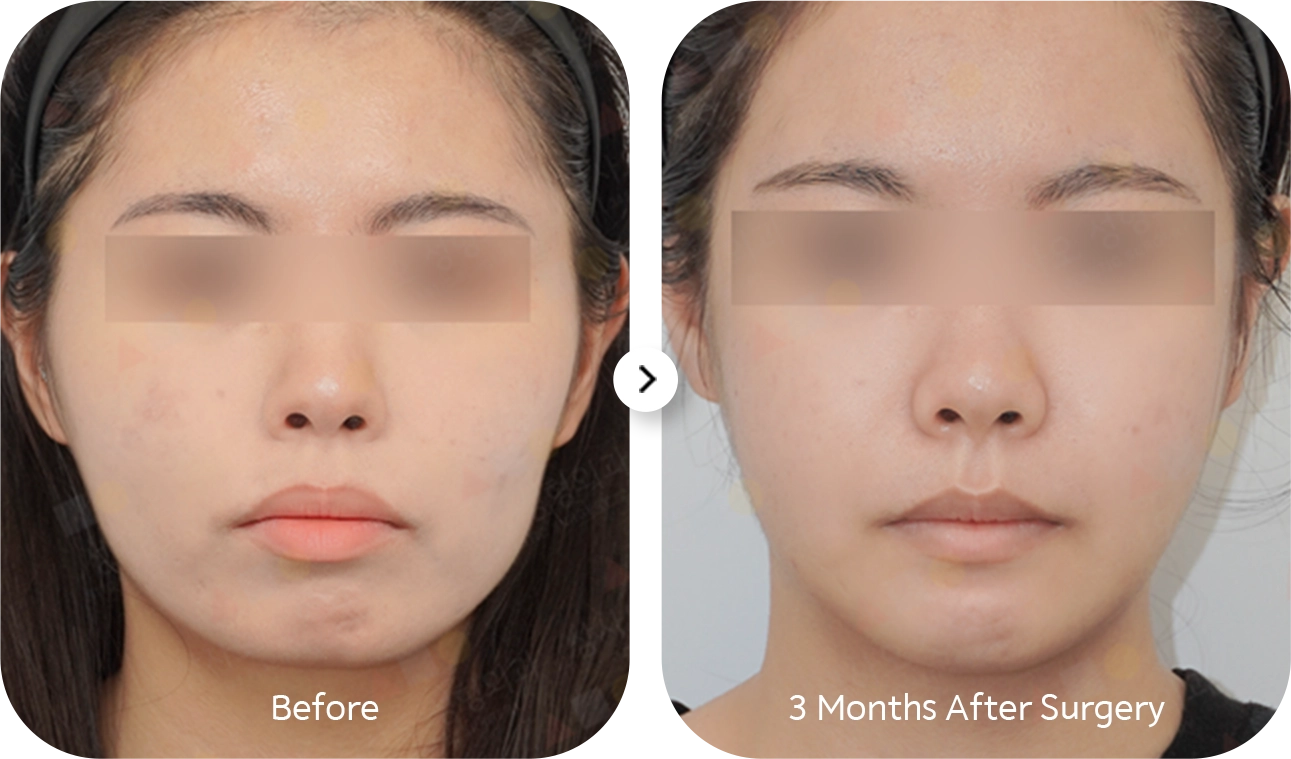
Chin Tip Advancement Surgery Info
A Quick Overview of Chin Tip Advancement
There are various methods for chin surgery,
depending on the individual’s chin shape, form, and characteristics.

Surgery Time
30 Minutes to 1 Hour

Anesthesia Method
General Anesthesia
Hospitalization
Same-day discharge available
In-Clinic Treatment
1 Visit
Recovery Period
The Day After Surgery
Genioplasty Aftercare program
Comprehensive Aftercare for
Genioplasty (Chin Surgery)
We help patients recover smoothly and reduce scars, swelling, and bruising through advanced equipment.
Helps with wound healing after
surgery and reduces swelling
and bruising.
the skin cells to promote
soothing and regeneration.
skin cells, enhancing regenerative
ability and supporting faster
recovery after surgery.
to help you continue your recovery
process comfortably.
Frequently Asked Questions
About Facial Contouring
When can the screws be removed after facial contouring surgery?
There is no fixed rule for removing the screws. However, after a long period post-surgery, bone may cover the screws or plates, making removal more difficult. It is best to remove the screws (plates) after the bone has fully healed, before any bone buildup or secondary changes occur. While removal is possible starting from 6 months post surgery, our clinic typically recommend waiting around 1 year post surgery for screw removal.
Will cheek sagging always occur after cheekbone reduction surgery?
Generally, when undergoing bone surgery, the reduction in bone structure causes the surrounding tissue to shrink accordingly. The time (recovery period) and degree of this shrinkage can vary depending on the individual. If a significant amount of bone is removed due to highly developed cheekbones, or if there is already sagging skin, the outcome may differ. However, it cannot be said that cheek sagging will definitely occur just from cheekbone reduction surgery.
During consultations, it is possible to predict the extent of sagging, and it is advisable to plan the surgery based on the current condition. At our clinic, if sagging is expected, we often combine the surgery with a lifting procedure, referred to as “Cheek Lifting,” (Zygoma) to address this concern.
Can I undergo orthodontic treatment after facial contouring surgery?
Orthodontic treatment can generally begin about 1 month after facial contouring surgery without any issues. During the first month post-surgery, you are in the recovery phase, and actions like opening your mouth or chewing may be uncomfortable and different from before the surgery, so caution is necessary.
Additionally, surgeries such as cortical bone removal or masseter muscle reduction may be performed simultaneously, causing the surgical areas to become tightly healed. As a result, opening the mouth may not feel as natural. If you are considering orthodontics, it’s recommended to first go through the recovery process for about a month. Since recovery times vary among individuals, it’s important to consult with an orthodontist to determine if you can proceed with treatment based on your current condition.
Why is there a loss of sensation after cheekbone surgery?
There is one important nerve to be cautious of during cheekbone surgery—the infraorbital nerve, which is responsible for sensation in the front cheekbones, lips, and gums. Depending on the dissection area, the nerve may be slightly stretched, which can lead to a temporary decrease in sensation in the affected area.
However, as long as the nerve is not cut or severely damaged during the surgery, sensation will gradually return over time, so there is no need to worry.